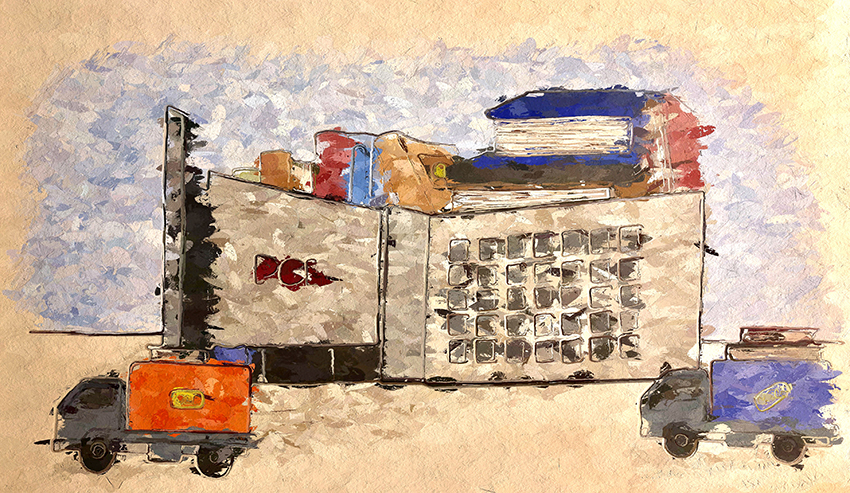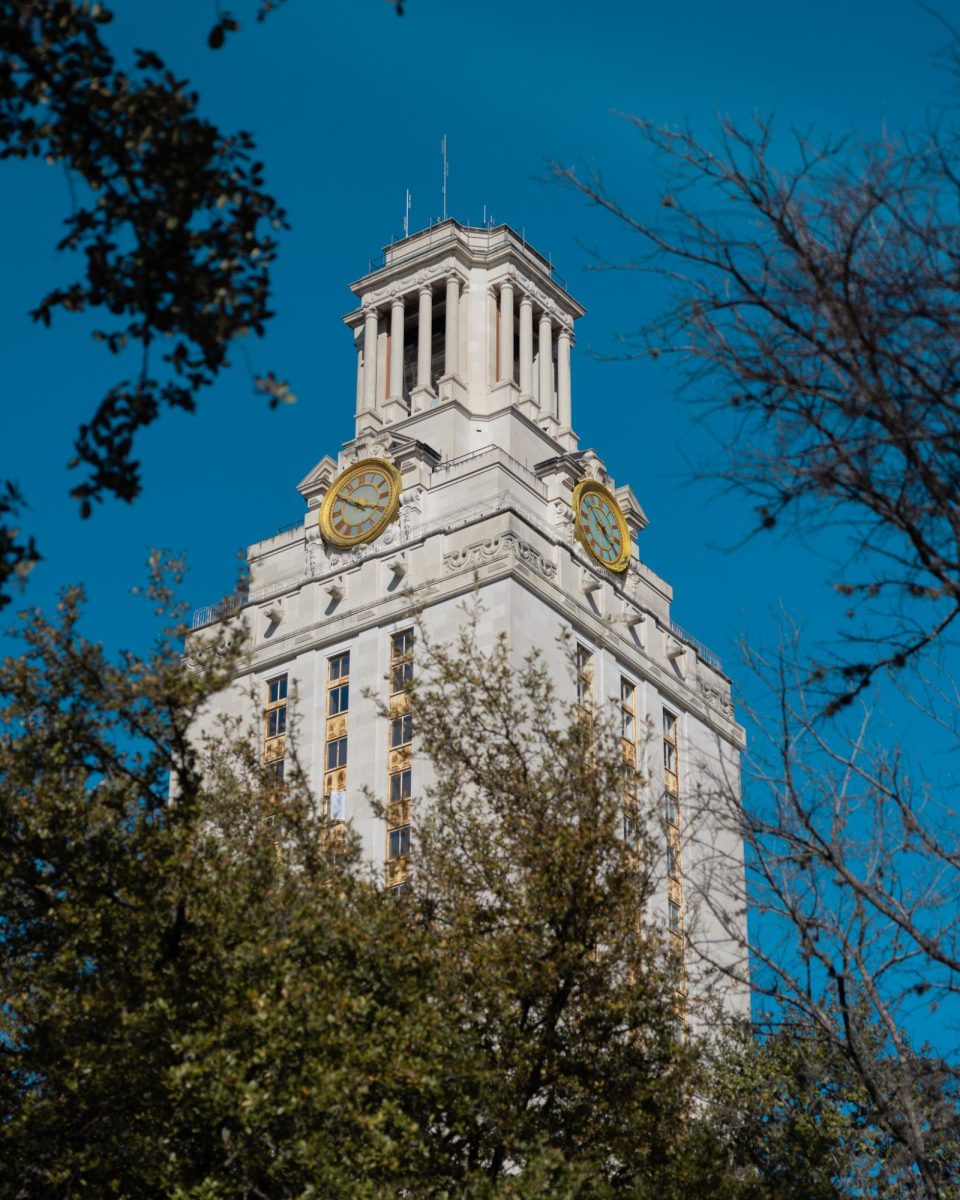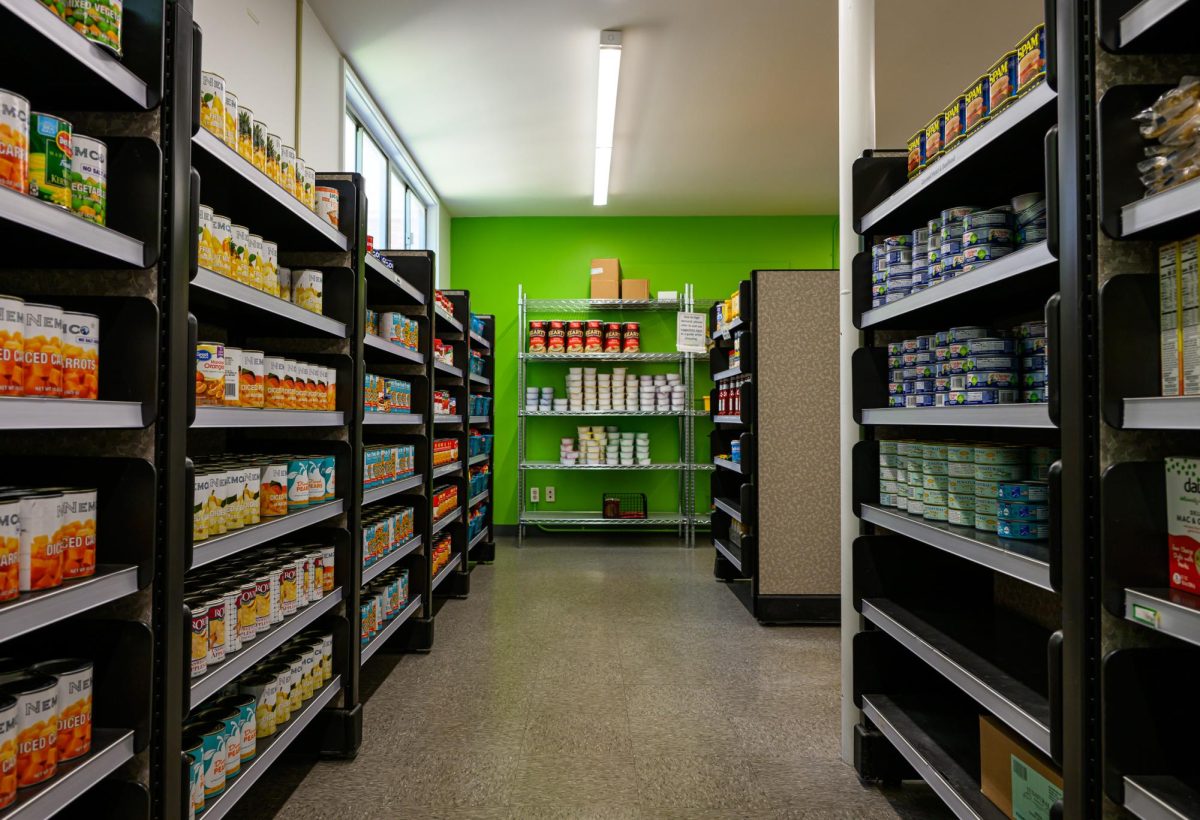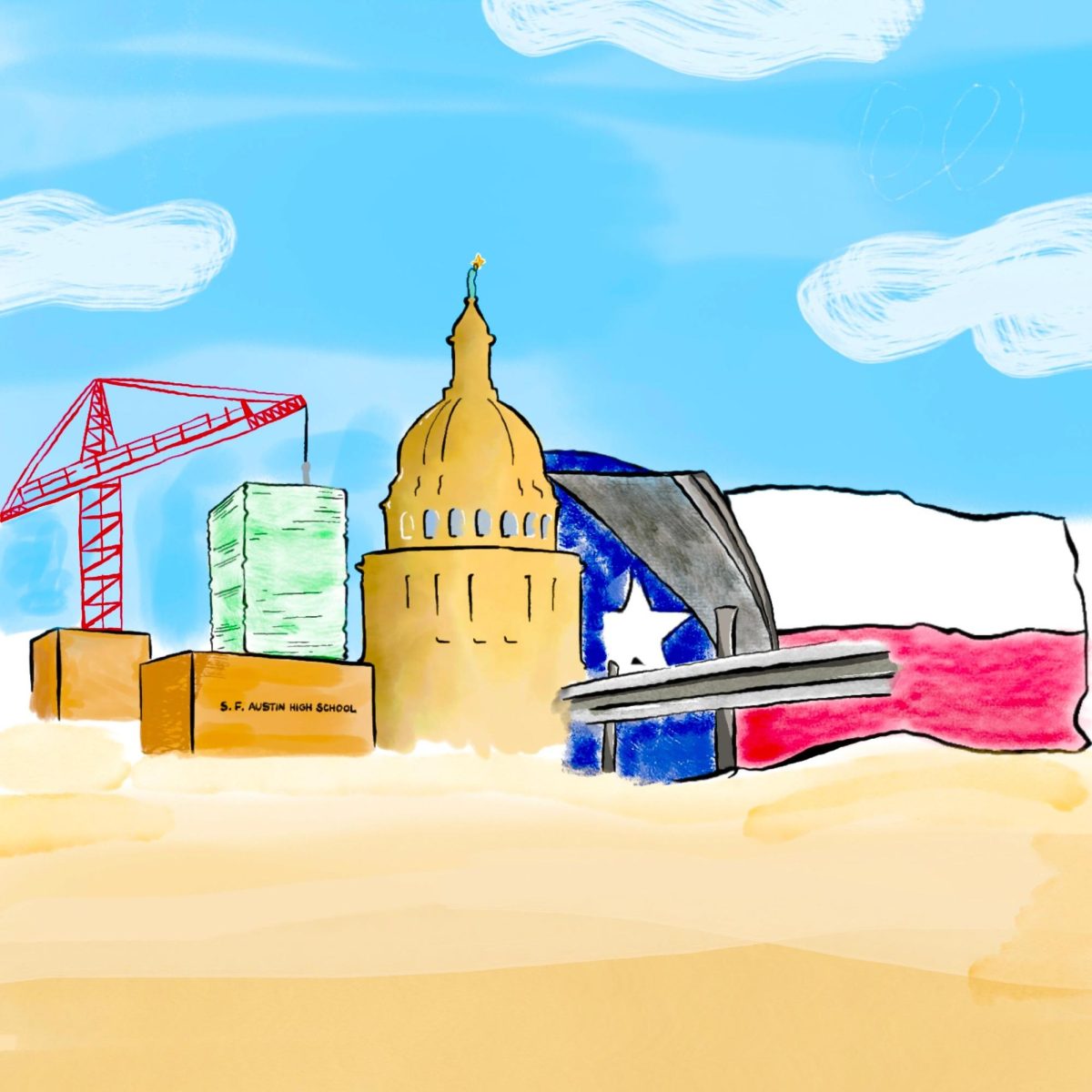Of the more than 11 million books lining the shelves of the Perry-Castaneda Library, a growing number are going untouched. As a solution, the University now takes low-circulation books to multiple off-site holding locations.
“Some things don’t get checked out over years and years and years so they get transferred out there,” said Travis Willmann, communications coordinator for UT Libraries. “It’s impossible to not do something with the books, to move them off-site so we can have room on campus for students who want to study in the library and for computers that weren’t around (when the PCL opened) in 1977.”
The sites are spread out with some on campus, another almost 100 miles away and one still under construction. The PCL tries to meet the needs of students by providing more space for technology, Willman said.
“We’ve had the revolution of technology that’s happened since the PCL was built,” Willmann said. “We (had) to make room for power. We had to create computer labs. We had to create collaborative study spaces, things students in the modern era may utilize.”
Students who request books from these facilities usually receive them anywhere from 48 to 72 hours later, Willmann said. As for the space that is left behind when books relocate, Willmann said the library will continue to fill it with technology, study areas and, of course, new books.
“We will never quit collecting books, and I’m not sure when we will get to that point,” Willmann said. “It’s just that we have to adapt to how users use the library now and how they use materials — a lot of that is in the digital realm.”
Meanwhile, at the Austin Public Library, a major step was just taken towards improving digital accessibility. Last week, the library introduced free ecards that allow tech-savvy readers to check out virtual materials.
Kanya Lyons, senior public information specialist at APL, said although the libraries curate similar materials both online and at the physical location, she doesn’t think putting books online will stop people from checking them out in person.
“Millennials perhaps may be more accustomed to everything being online, but there are a lot of people who really want that human interaction,” Lyons said. “They want to come in, they want to get a physical book off the shelves.”
Lyons said the public can get hung up on the medium a book is presented in, whereas for the library “it’s about the content not the container.”
“Libraries have always provided information in whatever format people want,” Lyons said. “We just want to provide the information in whatever container people are using at the time.”
Economics junior Pranil Zaman has frequented both the PCL and APL, and said although he usually uses the spaces to study, when he does check out books, he prefers them to be physical.
“I’ve always been the type of person to like having a physical copy of things,” Zaman said. “At the same time, technology is growing, and it’s nice to see (libraries) making more technology available to students who may not have it.”


















